Unveiling the Bearded Portrait
Among the various U.S. banknotes in circulation, there’s one that stands out for featuring a prominent portrait of a distinguished man sporting a beard—the United States fifty-dollar bill. This notable banknote pays tribute to none other than Ulysses S. Grant, the 18th President of the United States, and a key figure in the Union Army during the American Civil War.
The Man Behind the Beard: Ulysses S. Grant

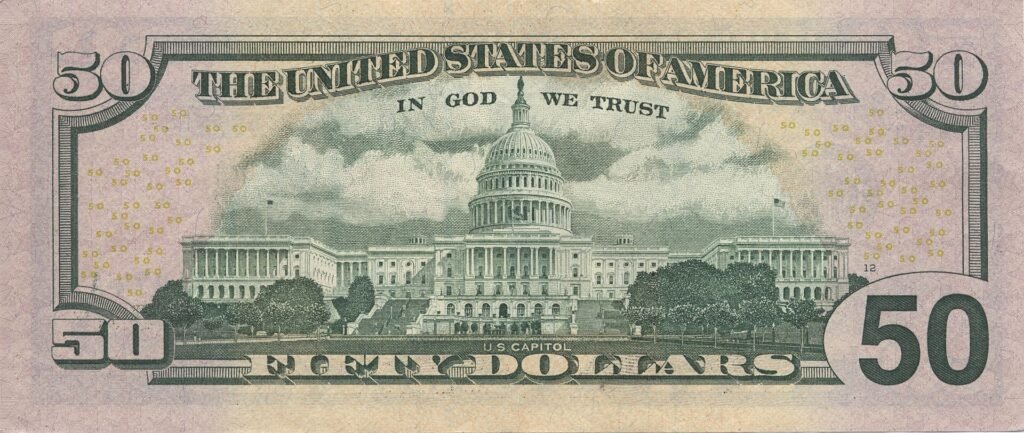
Ulysses S. Grant, born Hiram Ulysses Grant in 1822, was a military leader and politician who left an indelible mark on American history. His leadership during the Civil War earned him acclaim, and his bearded appearance became a distinctive part of his image. In 1869, Grant assumed the highest office in the land, becoming the President of the United States.
The Artistry of the $50 Bill
The fifty-dollar bill serves as a canvas for commemorating Grant’s contributions. The front of the bill prominently displays a detailed portrait of President Grant, complete with his signature beard. The artistic representation captures not only the facial features but also the gravitas of a leader who played a crucial role in preserving the Union during a tumultuous period in American history.
Grant’s Legacy on the Reverse
Flipping the fifty-dollar bill reveals another facet of American heritage. The reverse side showcases an intricate illustration of the United States Capitol, the iconic seat of the U.S. government. This choice of imagery emphasizes Grant’s connection to the nation’s governance and his role in shaping its destiny.
Beyond the Banknote: Grant’s Historical Impact
Grant’s legacy extends far beyond the confines of a banknote. As a military commander, he led the Union Army to victory over the Confederacy, playing a pivotal role in bringing an end to the Civil War. His presidency marked a period of post-war reconstruction and efforts to heal the wounds of a divided nation.
The Symbolism of the Bearded Portrait
Grant’s bearded portrait on the fifty-dollar bill is not merely an artistic choice; it symbolizes strength, wisdom, and the resilience of a nation. The beard, a characteristic feature of Grant’s appearance, serves as a visual representation of the challenges he faced and overcame during a critical juncture in American history.
The Fifty-Dollar Bill in Circulation
The fifty-dollar bill, featuring Grant’s bearded visage, is a circulating piece of art that connects people to the historical narrative of the United States. As individuals engage in daily transactions, they carry with them a tangible piece of history, a reminder of the leaders who shaped the nation.
Conclusion: A Bearded Tribute to Leadership
In conclusion, the U.S. fifty-dollar bill stands as a testament to the leadership of Ulysses S. Grant. The bearded portrait on the bill encapsulates the essence of a man who played a pivotal role in preserving the Union and guiding the nation through a tumultuous era. As we handle and exchange these banknotes, we participate in a symbolic recognition of Grant’s historical significance and the enduring legacy of leadership in the United States.
Faces on U.S. Banknotes: A Glimpse into American History
$1 Bill: George Washington
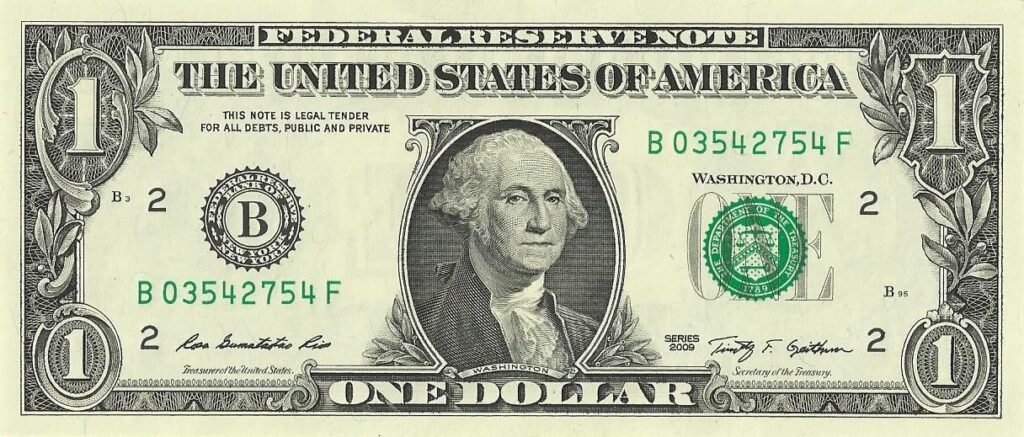
The iconic one-dollar bill features the image of George Washington, the first President of the United States. Known as the “Father of His Country,” Washington’s portrait on the front of the bill is a symbol of the nation’s founding and the leadership that shaped its early years.
$2 Bill: Thomas Jefferson
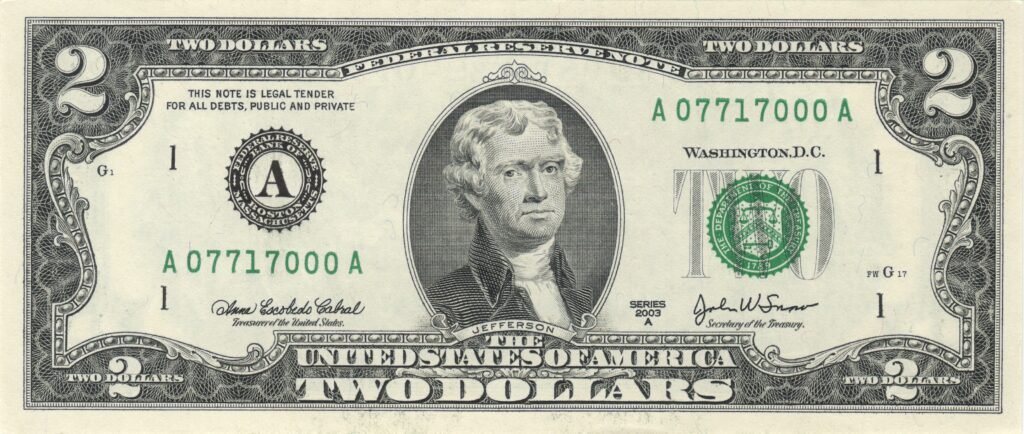
The rarely seen two-dollar bill showcases the likeness of Thomas Jefferson, the third President of the United States and the principal author of the Declaration of Independence. Jefferson’s contributions to American democracy are commemorated on this unique denomination.
$5 Bill: Abraham Lincoln
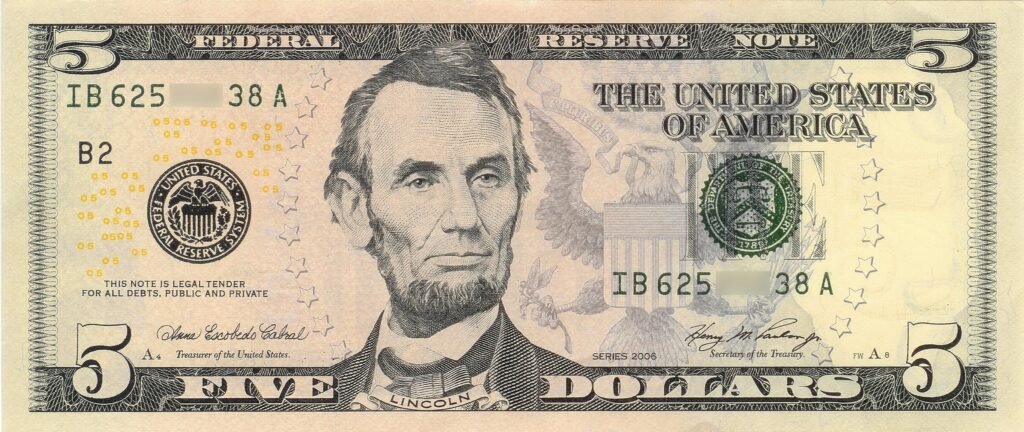
The five-dollar bill honors Abraham Lincoln, the 16th President of the United States, known for his leadership during the Civil War and his efforts to abolish slavery. Lincoln’s portrait on the bill serves as a reminder of the nation’s struggles and the pursuit of freedom.
$10 Bill: Alexander Hamilton

Alexander Hamilton, one of the Founding Fathers and the first Secretary of the Treasury, graces the ten-dollar bill. Hamilton’s role in shaping the economic foundations of the United States is reflected in his portrait, highlighting his contributions to the nation’s financial system.
$20 Bill: Andrew Jackson

The twenty-dollar bill features the image of Andrew Jackson, the seventh President of the United States. Jackson’s presidency is notable for his leadership during the Battle of New Orleans and his impact on American politics. His portrait has been a fixture on the twenty-dollar bill for many years.
$100 Bill: Benjamin Franklin
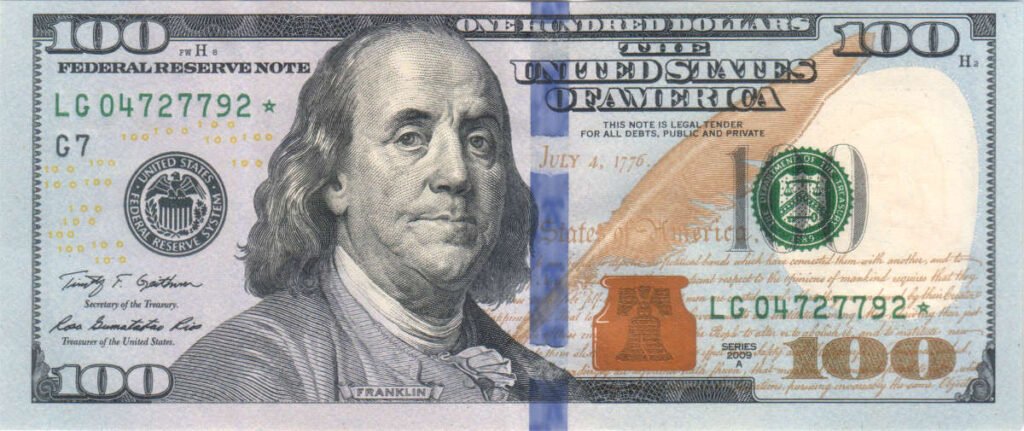
The highest denomination in circulation, the one-hundred-dollar bill, showcases Benjamin Franklin. A polymath and one of the Founding Fathers, Franklin is celebrated for his contributions as a statesman, inventor, and author. His image on the bill reflects the importance of innovation and intellect.
The Changing Faces of U.S. Currency
Over the years, the faces on U.S. banknotes have evolved, with periodic updates to include new security features and artistic elements. The selection of individuals for these portraits reflects the nation’s commitment to honoring those who played pivotal roles in its development.
Beyond Portraits: Symbols of American Ideals
While the faces on U.S. banknotes capture the essence of historical figures, the bills themselves carry symbols and imagery representing broader American ideals. From national monuments to patriotic symbols, each denomination tells a visual story of the nation’s values and aspirations.
Conclusion: Carrying History in Your Wallet
As we handle U.S. banknotes in our daily lives, we carry fragments of American history with us. The faces on these bills are not just portraits; they are windows into the past, reminding us of the leaders, thinkers, and visionaries who shaped the United States into the nation it is today.